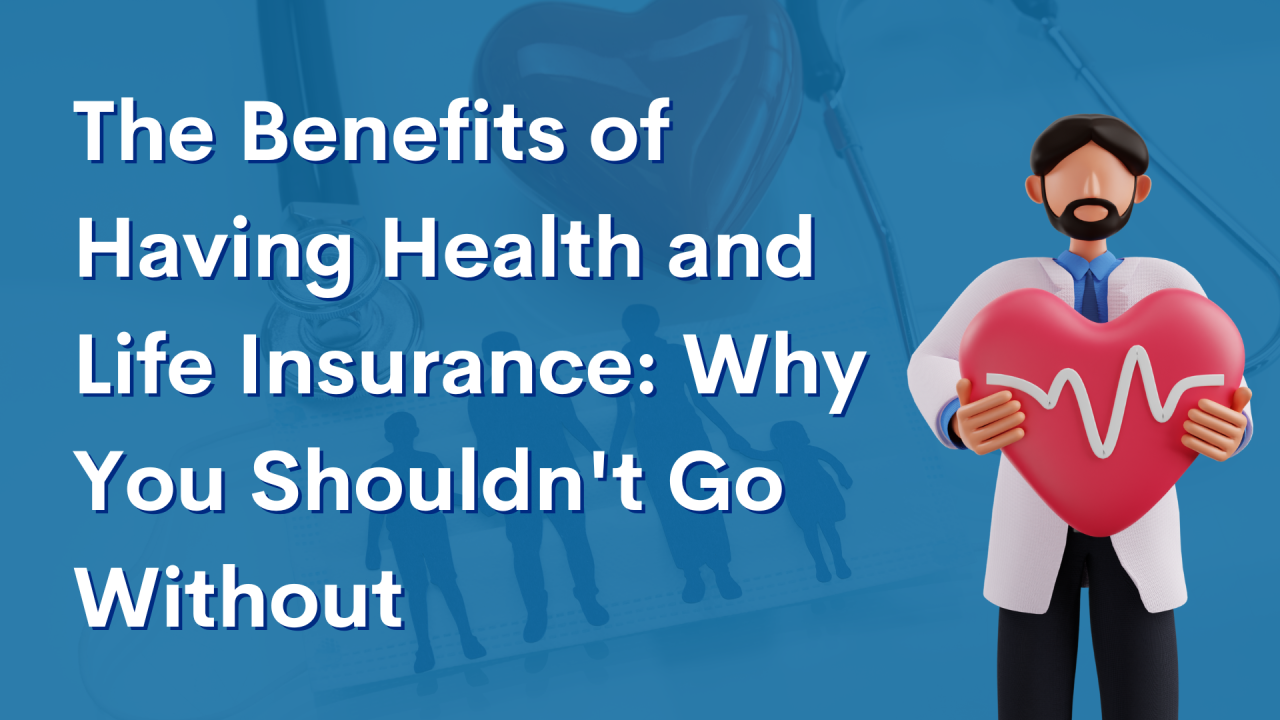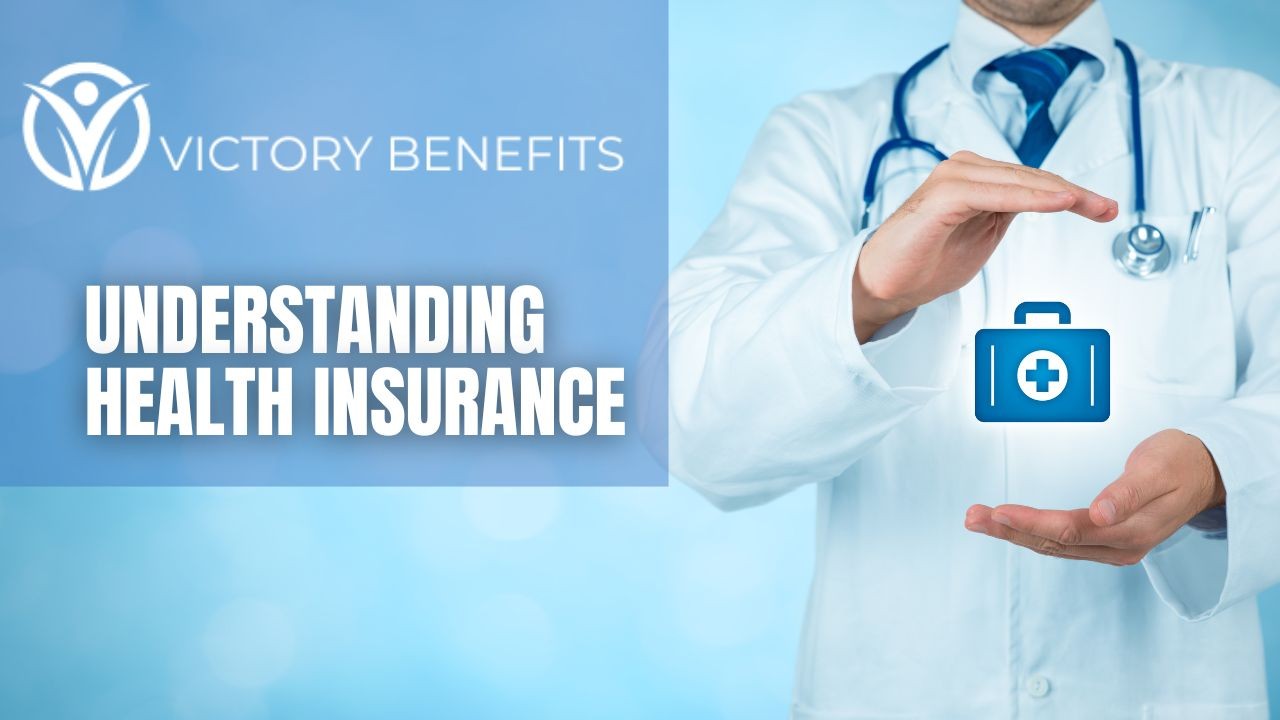The 8-Minute Rule for Medicare Advantage Agent
The 8-Minute Rule for Medicare Advantage Agent
Blog Article
The Main Principles Of Medicare Advantage Agent
Table of ContentsThe Best Guide To Medicare Advantage AgentNot known Facts About Medicare Advantage AgentThe Ultimate Guide To Medicare Advantage Agent

complies with from perplexing the relatively young age account of the without insurance with the better wellness, typically, of younger individuals. This obscures the web link between health standing and wellness insurance policy. For those without access to work environment medical insurance, inadequate health and wellness is a prospective barrier to acquiring nongroup coverage due to the fact that such coverage may be very valued, exclude pre-existing conditions, or be simply not available. The variety of uninsured Americans is not specifically big and has actually not altered in the last few years. 7 out of 10 participants in a country wide depictive survey thought that fewer Americans did not have medical insurance than actually do(Fronstin, 1998). Approximately fifty percent(47 percent )believed that the variety of people without health and wellness insurance reduced or remained consistent over the latter fifty percent of the last years(Blendon et al., 1999). This drop of nearly 2 million in the variety of individuals 'without insurance policy (a reduction
of around 4 percent)is absolutely a positive adjustment. With a softer economic situation in 2000 the most recent reported gains in insurance policy coverage might not proceed(Fronstin, 2001 ). The decline in the number of without insurance will certainly not proceed if the economy stays slow-moving and healthcare costs remain to outmatch inflation. This is since the data were collected for a period of strong economic efficiency. Of the approximated 42 million individuals who were without insurance, all but regarding 420,000(concerning 1 percent)were under 65 years old, the age at which most Americans become eligible for Medicare; 32 million were grownups between ages 18 and 65, about 19 percent of all adults in this age team; and 10 million were youngsters under 18 years old, about 13.9 percent of all kids (Mills, 2000). These quotes of the number of individuals without insurance are created from the yearly March Supplement to the Current Population Survey (CPS), conducted by the Demographics Bureau. Unless or else kept in mind, national estimates of individuals without medical insurance and percentages of the populace with various sort of coverage are based upon the CPS, one of the most commonly used resource of price quotes of insurance policy coverage and uninsurance prices. These surveys and the estimates they generate are explained briefly in Table B. 1 in Appendix B - Medicare Advantage Agent. These surveys differ in size and tasting methods, the concerns that are asked regarding insurance policy
The 8-Second Trick For Medicare Advantage Agent
insurance coverage, and the time period over which insurance policy protection or uninsurance is measured(Lewis et al., 1998, Fronstin, 2000a ). Still, the CPS is specifically beneficial because it generates yearly price quotes reasonably promptly, reporting the previous year's insurance policy coverage estimates each September, and because it is the basis for a regular set of quotes for greater than twenty years, enabling analysis of fads in insurance coverage over time.
The Single Strategy To Use For Medicare Advantage Agent
The connection between health insurance policy and access to care is well developed, as recorded later in this phase. The partnership in between health insurance policy and wellness results is neither straight nor simple, a comprehensive professional and health and wellness solutions research study literary works links health and wellness insurance coverage
to improved enhanced accessibility care, better much betterTop quality and improved personal individual population populace health and wellnessCondition The 2nd report, on individual health and wellness outcomes for uninsured adults, is represented by the innermost circle of the figure, while the 3rd record, on family wellness, incorporates the subjects of the second report but emphasizes a different device of analysis, particularly, the family.
Moreover, it concentrates specifically on those without any kind of medical insurance for any type of length of time. The problems faced by the underinsured are in some aspects similar to those dealt with by the without insurance, although they are generally less extreme. Uninsurance and underinsurance, however, involve distinctly different policy problems, and the methods for addressing them may differ. Throughout this study and the useful link 5 reports to follow, the main emphasis gets on individuals without any medical insurance and thus no assistance in paying for health care past what is available via charity and safeguard institutions. Medical insurance is a powerful factor affecting receipt of care due to the fact that both individuals and doctors react to the out-of-pocket price of solutions. Health and wellness insurance coverage, nevertheless, is neither required neither adequate to get to medical services. However, the independent and direct result of health and wellness
insurance coverage on access to health and wellness services is well developed. Others will obtain the healthcare they need also without wellness insurance, by spending for it out of pocket or seeking it from companies who supply treatment complimentary or at highly subsidized rates. For still others, medical insurance alone does not ensure invoice of care due to other nonfinancial barriers, such as an absence of healthcare providers in their community, limited access to transport, illiteracy, or etymological and cultural distinctions. Official research concerning without insurance populations in the USA dates to the late 1920s and very early 1930s when the Committee on the Expense of Medical Care created a collection of reports concerning financing physician workplace check outs and hospitalizations. This problem came to be significant as the numbers of clinically indigent climbed throughout the Great Depression. Empirical researches continually support the web link between accessibility to care and enhanced health and wellness results(Bindman et al., 1995; Starfield, 1995 ). Having a regular resource of treatment can be thought about a predictor of accessibility, instead of a straight procedure of it, when wellness results are themselves utilized as accessibility indications. This expansion of the concept of gain access to dimension was made by the IOM Board on Monitoring Access to Personal Healthcare Services(Millman, 1993, p. Whether or not moms and dads are guaranteed appears to affect whether or not their kids obtain treatment in addition to just how much careeven if the children themselves have insurance coverage(Hanson, 1998). The health of parents can affect their ability to look after their youngsters and the level of family anxiety. Stressing regarding their kids's accessibility to care is itself a resource of stress and anxiety for moms and dads. 3 chapters comply with in this record. Phase 2 offers a review of just how employment-based medical insurance, public programs and individual insurance policy policies operate and connect to supply considerable yet insufficient insurance coverage of the U.S. populace. This consists of an evaluation of historical fads and public plans impacting both public and personal insurance coverage, a discussion of the interactions amongst the various sorts of insurance coverage, and an assessment of why people relocate from one program to one more or wind up

Report this page